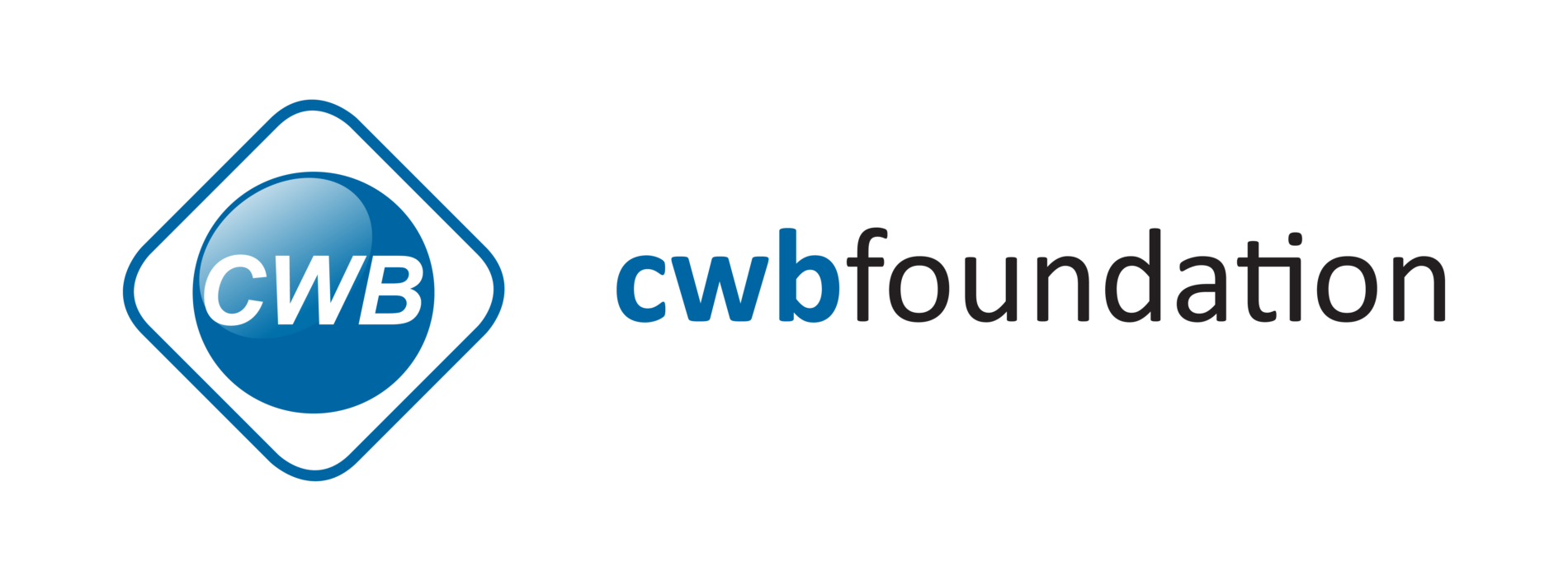
By Matthew Le Blanc
Jul 12, 2021
Students in dual credit Trades Awareness, Skills & Knowledge (TASK) program at Edward Milne Community School learn new skills and gain confidence.
Students in an innovative skilled trades sampler program at Edward Milne Community School in Sooke, British Columbia are not only building up their skills and their confidence—they are also making an impact in their community.
Edward Milne Community School (EMCS) received funding in 2017 through the CWB Welding Foundation and the Dennis & Phyllis Washington Foundation to purchase industry-quality welding machines, fabricate new booths and install new ventilation across the whole shop. In 2020, they received new funding which they used to develop and launch the metalwork focused Trades Awareness, Skills and Knowledge (TASK) dual credit course.
In this pilot program, students take trades-focused courses at both EMCS and Camosun College and participate in a trade-focused work experience program at a local business. Students earn up to 16 credits towards high school graduation and 8 additional credits at Camosun College. This gives students a clear pathway to an education and a rewarding career, and supports Victoria-based Seaspan with their workforce needs.
In the 2020-2021 school year, the TASK program had 17 students in the program full-time, five days a week. Under normal circumstances, students would be transported to Camosun College to take welding, metal fabrication and other trades sampler courses. Due to the COVID-19 pandemic, the program was adapted and instead had a college instructor come to their school. The instructor from Camosun joined the EMCS classroom for seven weeks, providing the opportunity for students to use new equipment and consumables, and enjoy fun welding and fabrication courses. Each student completed a major project—including a mini jet boat, a cargo trailer, and a marine fabrication job with the aluminum push-pull machine.
One grade-11 student, Pyper Phillips, took the opportunity to take the lead on a campaign called the “Lil’ Red Dress Project” to raise awareness of missing and murdered Indigenous women and girls. Using a design created by a local artist, the students cut the design using the program’s new plasma cutter, and then had it powder-coated for colour and a durable finish.
Pyper fabricated the first red dress at EMCS. Matt Harmeson, metalwork teacher at EMCS, is proud of her skill and community focus.
“Since Pyper fabricated the first red dress, we have made four more dresses and will continue to fabricate them,” said Harmeson. “We have received requests from all over Western Canada for our metal red dresses to raise awareness of missing and murdered Indigenous women. We have a significant proportion of students and community members that identify as First Nations and this is a campaign that touches many local families in our area. It’s amazing how one student’s vision and a project that was completed in about a week has made such an impact.”
All dual credit students completed work experience in the local community and accumulated 100 hours of paid or unpaid work in the metal working trades. Some students built boats or worked for local boat builders. One student, Braden Gilson, was signed up as an apprentice and will be sponsored by both by BC’s Industry Training Authority (ITA) and the employer through the Youth Work in Trades program.
Harmeson says that the metal trades program at EMCS is popular and will continue to see increased enrolment. The program was fully enrolled for the 2020-2021 school year, with more than 110 students accessing the metal shop and utilizing the new equipment purchased through the Capital Equipment and Consumables funding the school received from the CWB Welding Foundation.
“In my 12-year teaching career, I have never experienced attendance and engagement like this,” he says. “These students are passionate and dedicated to the program and the trades. As an educator, I am proud of this program and I am happy to report that students are seeing how this program has impacted their education.”
“This funding has made a direct impact on the education and career paths of future trades people,” Harmeson continued. “The feedback I often receive from parents and employers is that these students are actively pursuing jobs in the trades.”
